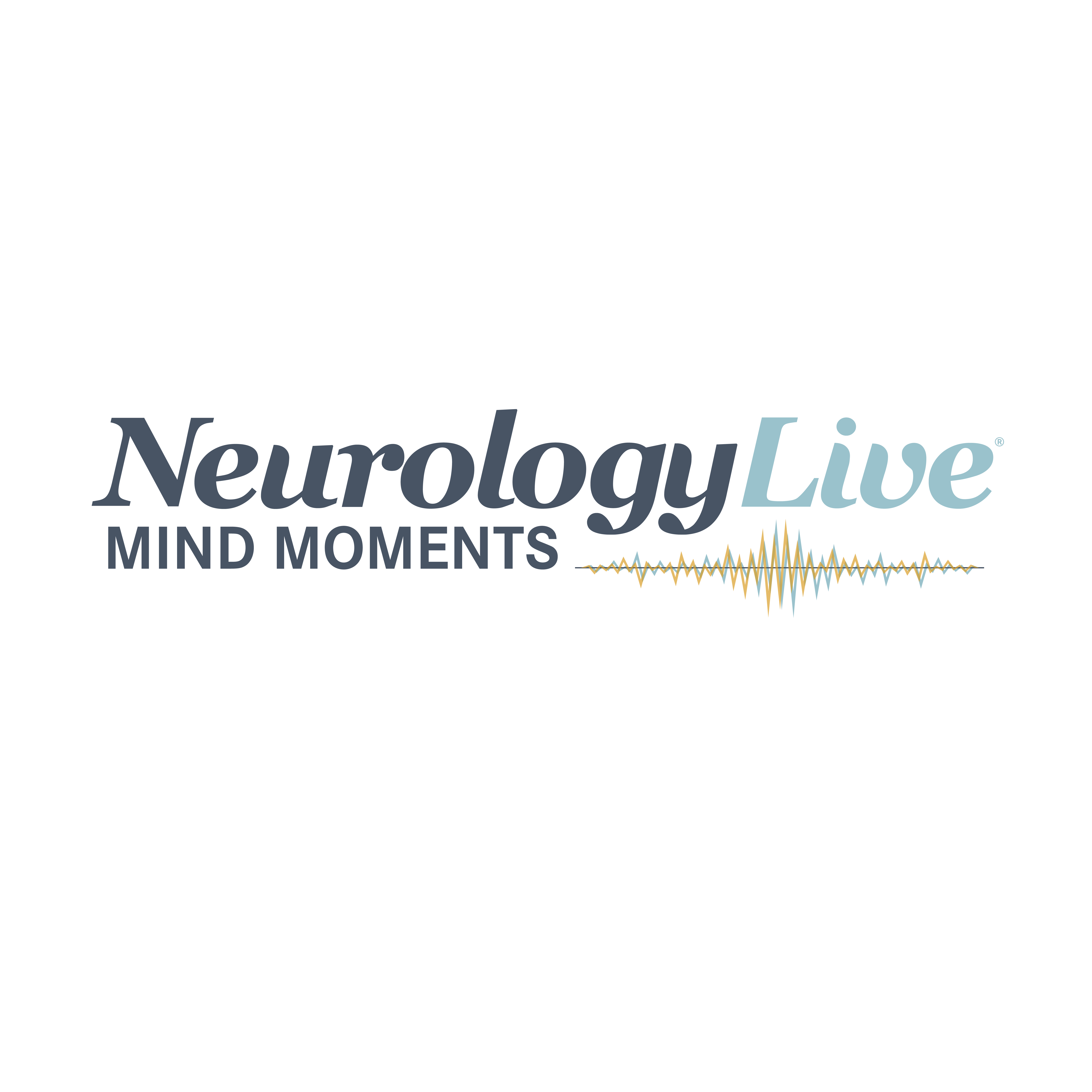Article
Opioid Analgesics in Migraine: What Are the Alternatives?
Author(s):
Because opioids have been shown to increase disability and reduce quality of life in patients with migraine, the search is on for effective alternative treatments.
Image ©Diego Cervo/Shutterstock.com

CONFERENCE REPORTER
Conventionally, opioid analgesics were the abortive therapy of choice for patients with migraine headache. In recent years, because of a substantial rise in overdose deaths related to opioid misuse, a nationwide effort to reduce the amount of prescribed opioids has been endorsed.1
In drug-seeking patients, headache is the second most common reported symptom following back pain.2 Current reports estimate that opioids are involved in more than 40% of drug-related overdose deaths, emphasizing the importance of alternative therapies for migraine treatment.3
Alternatives to opioids, as well as other advances in the treatment of migraine, are featured at this year’s American Headache Society (AHS) Annual Meeting in Philadelphia.
Sait Ashina, MD, of the Beth Israel Deaconess Medical Center in Boston, told Neurology Times, “Similar to the use of opioids in other pain conditions, opioid use for migraines can potentially lead to increased tolerance, physical dependence, and possible addiction. Currently, more migraine-specific and conventional non-opioid treatments are recommended for migraine.” Dr Ashina will be presenting the findings from a study that investigated opioid use among patients with migraine at the AHS meeting.
Treatment options
Management of migraine attacks involves several drug therapies, including nonsteroidal anti-inflammatory drugs (NSAIDs), triptans, tricyclic antidepressants (TCAs), dopamine receptor antagonists, and in some cases, opioids. NSAIDs are the most commonly used drug class for patients with migraine; however, genetic variation among individuals may limit the therapeutic efficacy of these agents.4 Triptans also play an important role in the acute management of migraine attacks, while TCAs are often used for migraine prevention.2 Dopamine receptor antagonists, such as prochlorperazine and metoclopramide, have also shown efficacy in the acute treatment setting.1
“Opioid treatment should only be reserved for persons with contraindications [to] alternative migraine treatments, and even in these individuals, focus should be more on preventive treatments and strategies,” Dr Ashina said. “Certain opioids can interact with antidepressants and migraine therapies, including triptans, and may potentially cause serious adverse effects,” she added.
Genetic polymorphisms may play a vital role in opioid efficacy and related drug interactions. Genetic variations in drug-metabolizing enzymes, such as isoforms of cytochrome P450, have been shown to influence the endogenous metabolism of certain opioids. Researchers are still investigating the associations between drug metabolism and opioid efficacy.2
Gepants are an emerging class of non-peptide calcitonin gene-related peptide (CGRP)-based therapies that exert their pharmacological effects through the trigeminovascular system. Some evidence has suggested they may have a prolonged mechanism of action versus triptans.2
Another upcoming treatment class is the CGRP monoclonal antibodies, which can play a role in migraine prophylaxis. Studies have shown efficacy in decreasing the number of migraine attacks as a preventive treatment.4
Risks of opioid use
“In population-based studies, opioid use has been shown to increase levels of disability, decrease quality of life, and is correlated to the development of psychiatric comorbidities in individuals with migraine,” Dr Ashina told Neurology Times.
One such study found that opioid use for migraine in the emergency department resulted in prolonged visit times. The researchers concluded that opioids are a poor choice for decreasing the length of stay for migraine patients within the emergency setting.5
“Lastly, opioid use has been associated with medication overuse headache and may increase the risk of transformation from episodic to chronic migraine, a more disabling form of migraine,” she further explained.
The bottom line
With several non-opioid therapies available, the benefits and risks of opioid use among patients with migraine should be weighed carefully. Clinicians must effectively balance pain relief with the potential harms associated with each respective treatment. Ultimately, improving patient quality of life and reducing migraine burden remain key goals of therapy.
References:
1. Dodson H, Bhula J, Eriksson S, Nguyen K. Migraine treatment in the emergency department: alternatives to opioids and their effectiveness in relieving migraines and reducing treatment times. Cureus. 2018;10:e2439.
2. Grover CA, Close RJ, Wiele ED, Villarreal K, Goldman LM. Quantifying drug-seeking behavior: a case control study. J Emerg Med. 2012;42:15-21.
3. Paulozzi LJ, Budnitz DS, Xi Y. Increasing deaths from opioid analgesics in the United States. Pharmacoepidemiol Drug Saf. 2006;15:618-627.
4. Pomes LM, Guglielmetti M, Bertamino E, et al. Optimising migraine treatment: from drug-drug interactions to personalized medicine. J Headache Pain. 2019;20:56
5. Tornabene SV, Deutsch R, Davis DP, Chan TC, Vilke GM. Evaluating the use and timing of opioids for the treatment of migraine headaches in the emergency department. J Emerg Med. 2009;36:333-337.




